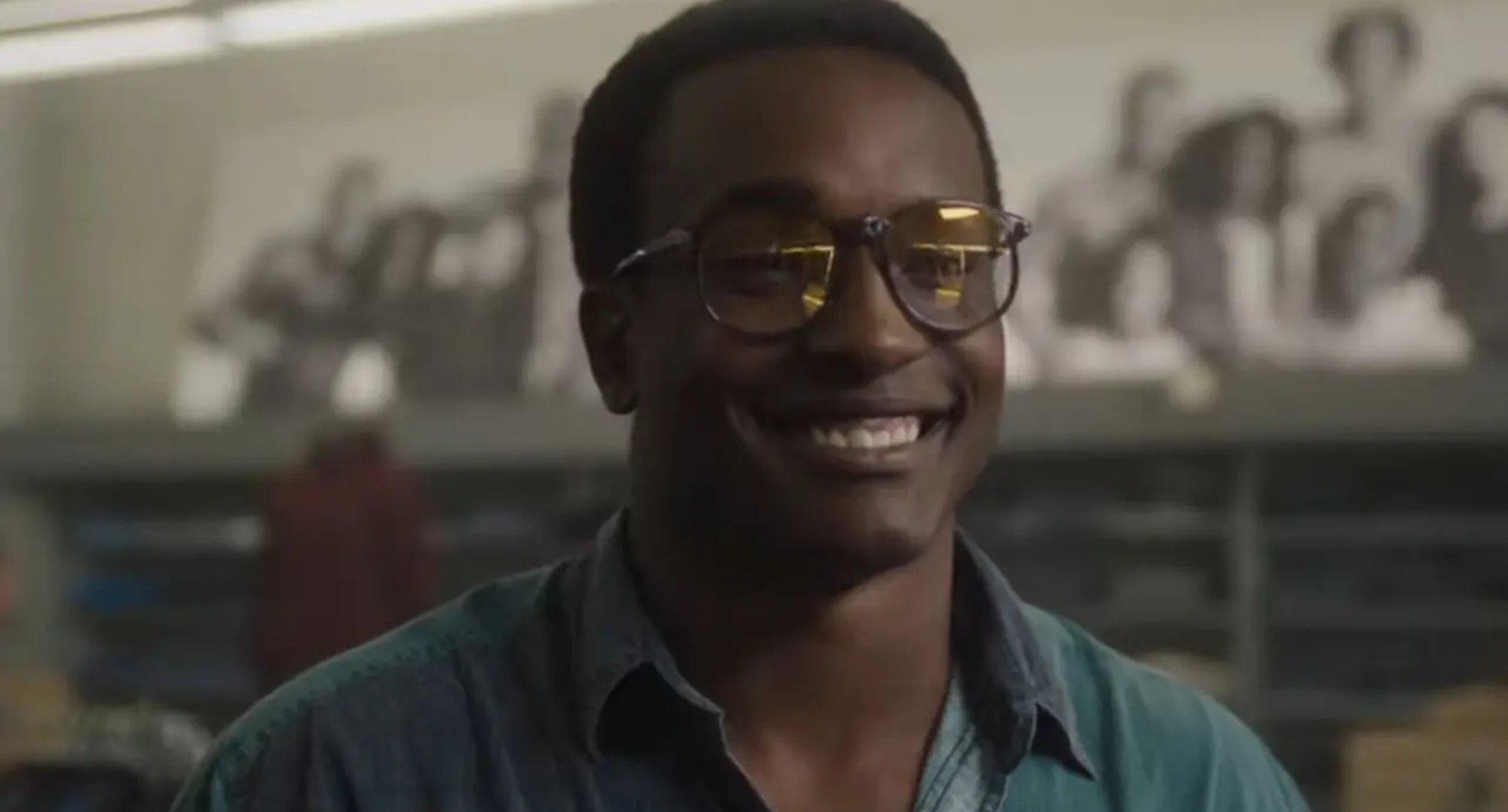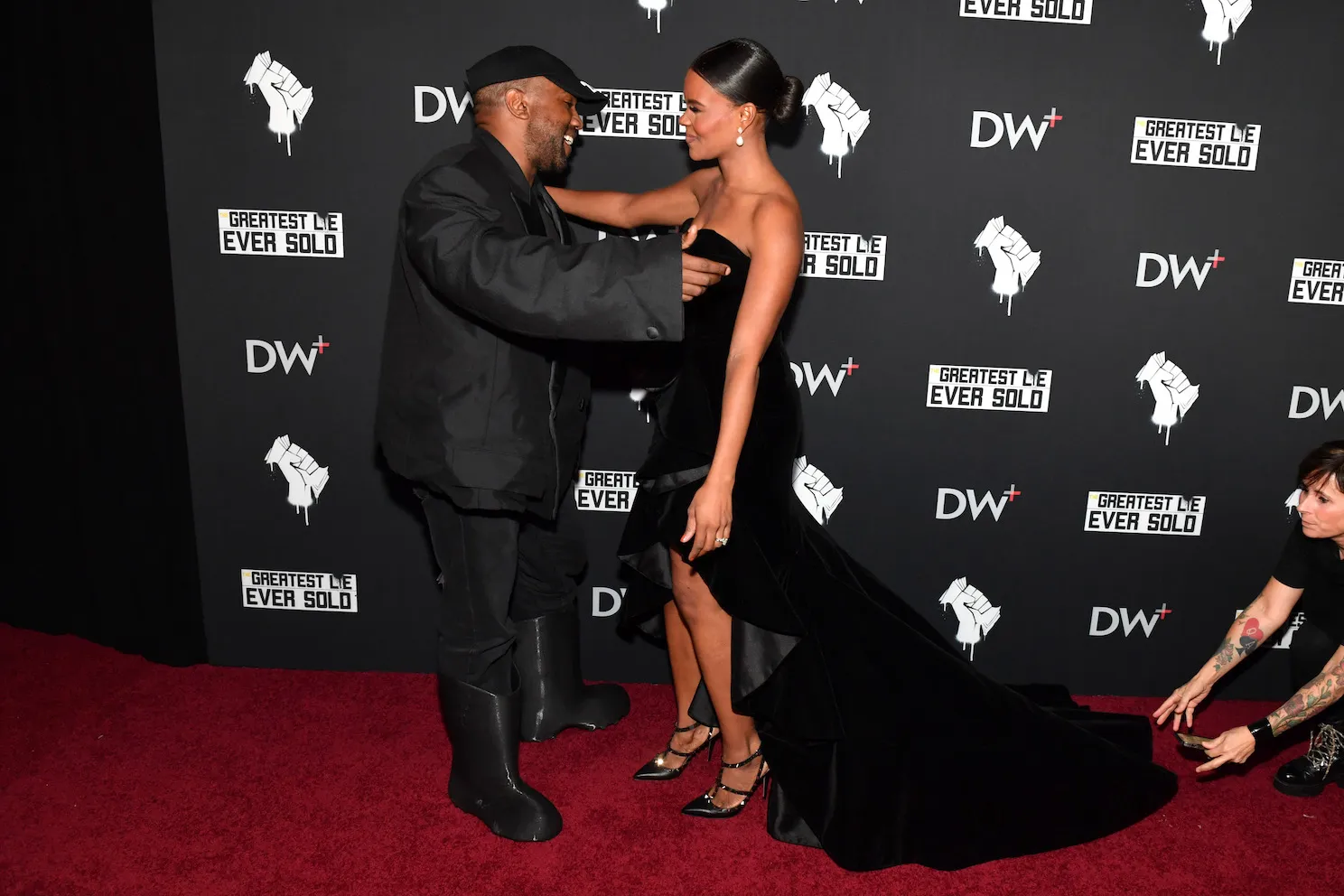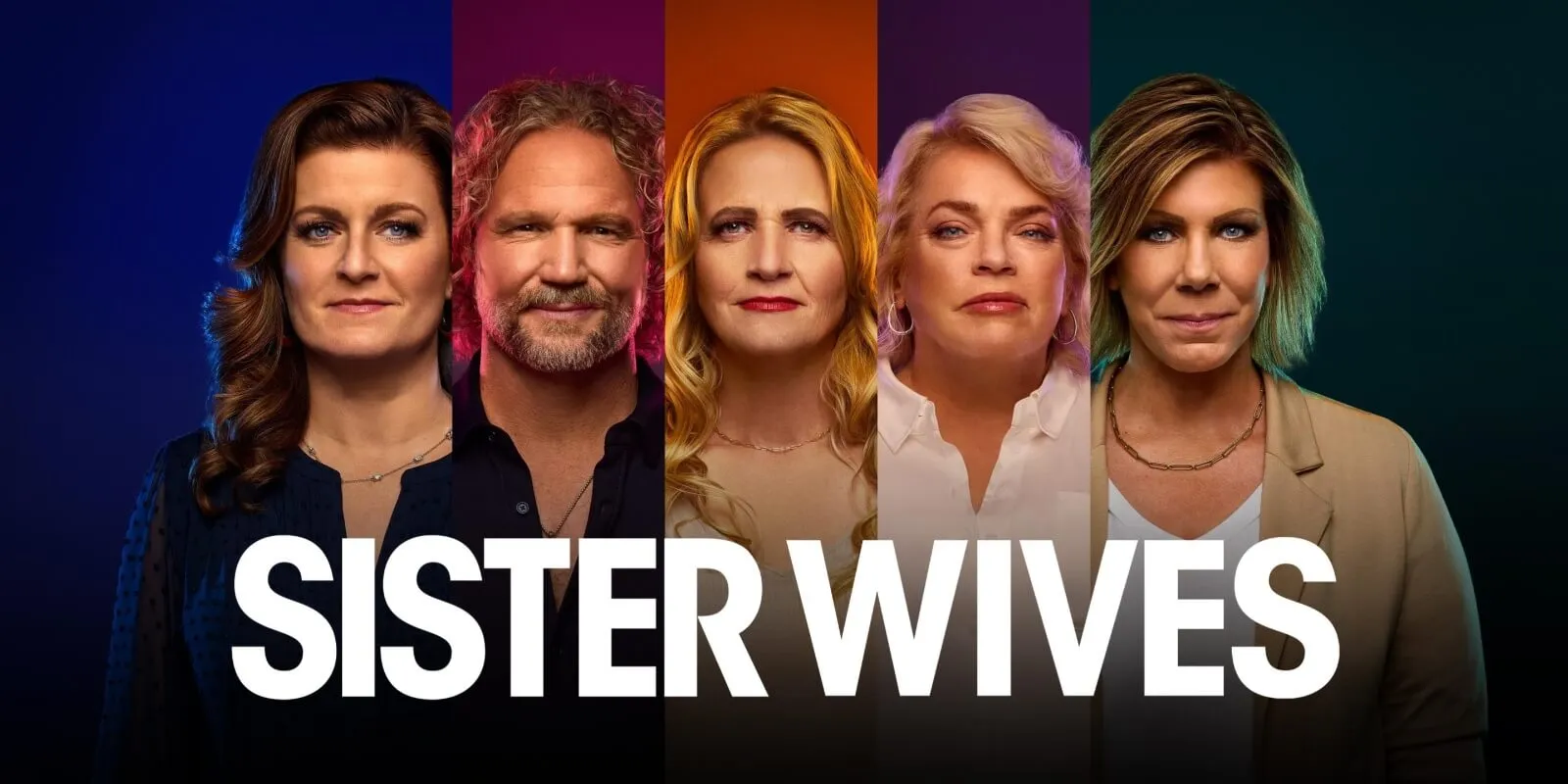
‘Monster: The Jeffrey Dahmer Story’: How Much of Tony Hughes Story With Dahmer is True in the Series?
Monster: The Jeffrey Dahmer Story is a hot topic of discussion as the Netflix series tells the various stories of Dahmer’s victims. The series retells the chilling story of a gruesome serial killer and reenacts the public trials and events. One of Dahmer’s victims was Tony Hughes, a deaf aspiring African-American male model. Unlike other victims, Hughes’ story in Monster: The Jeffrey Dahmer Story was tweaked to give more dramatic details that may not have been true.
[SPOILER ALERT: Spoilers ahead regarding DAHMER — Monster: The Jeffrey Dahmer Story.]
Who was Tony Hughes before he met Jeffrey Dahmer?
Audiences developed a bond with Hughes in Monster: The Jeffrey Dahmer Story as they followed every milestone in his life from birth and aspirations before meeting Dahmer. According to Esquire, Hughes was not born deaf on August 26, 1959. Due to the medication he received as an infant, the side effects resulted in his hearing loss. Regardless, his mother and family embraced it and learned ASL to communicate with Hughes. He was also mute.
His mother, Shirley, described her son as “outgoing, jolly, happy. He could easily make friends,” according to AP News. Hughes soon moved to Madison, Wisconsin, to attend college and dreamed of becoming a professional model. Like Dahmer’s previous victims, Hughes was also gay.
Monster: The Jeffrey Dahmer Story heavily details Hughes’s backstory before and after he met Dahmer. But the series alludes to the two having formed a friendship that became an attraction before Dahmer decided to kill him. Seeing as the series changed the details of a few characters, Hughes’s story has some true and fabricated details.
Monster: The Jeffrey Dahmer Story has Tony Hughes know his killer for some time before his death
In the Netflix series, Hughes met Dahmer in the same way as the killer’s previous victims. Episode six gives backstory into Hughes looking for a genuine and loving relationship where the person accepts him for who he is. During a night out dancing at the bar, he locks eyes with Dahmer. The series does accurately portray how the two met, but what happens next needs some further investigation.
Monster: The Jeffrey Dahmer Story shows that Dahmer did not drug and kill Hughes right away like his previous victims. Despite communicating through a notepad, Dahmer found a connection with Hughes. Audiences saw scenes of Dahmer attending Hughes’s photoshoots and sharing flirty moments. The series makes the assumption that the two knew each other for a lot longer than speculated and possibly had a relationship.
In Dahmer’s statement, he said he met Hughes, danced together, took him home, drugged him, and killed him. But according to the Milwaukee Journal Sentinal, witnesses claim otherwise as “a friend of Hughes’ told police that Dahmer and Hughes had been friendly for more than a year, coming to her house six times from October 1989 to December 1990 looking for Hughes.”
Hughes’s mother also told The Associated Press that her son had taken a modeling job two weeks prior. Al she knew was the man’s name was Jeffrey. Monster: The Jeffrey Dahmer Story likely dived into Hughes’s story more than the other victims due to its break in pattern for Dahmer.
Why did Jeffrey kill his 12th victim?
Details of Hughes’s death are scarce in the official reports. But the Netflix series alludes that Dahmer killed Hughes for the same reason he killed his other victims.
Monster: The Jeffrey Dahmer Story depicts that Hughes had to reluctantly leave for a modeling job and would return the following week. In Dahmer’s statement about his victims, he often feared them leaving him alone. It resulted in Dahmer killing them and keeping their bones and body parts.
The series shows that Dahmer was angered by Hughes leaving and retrieved a weapon. While hiding the weapon behind his back, Hughes was able to calm him and leave. In a twist, Hughes returned to retrieve something he forgot, leading Dahmer to kill him.
Dahmer’s testimony does not mention this happening and instead explains his typical Modus Operandi.


